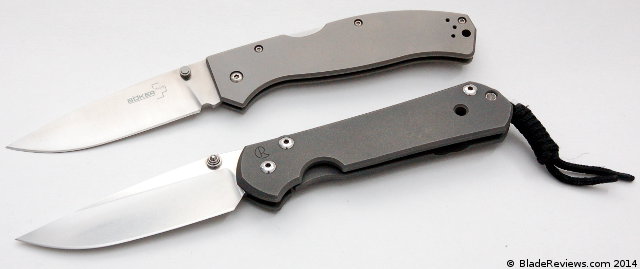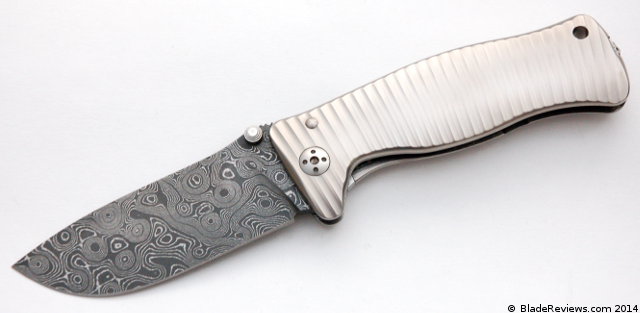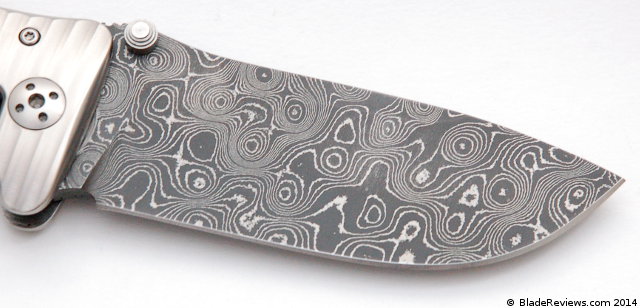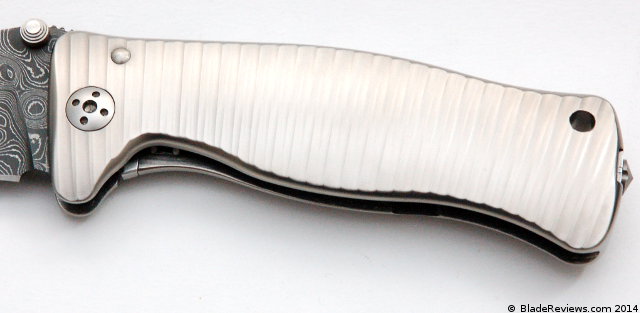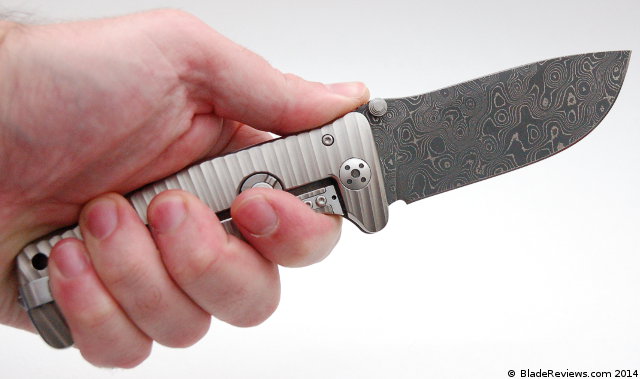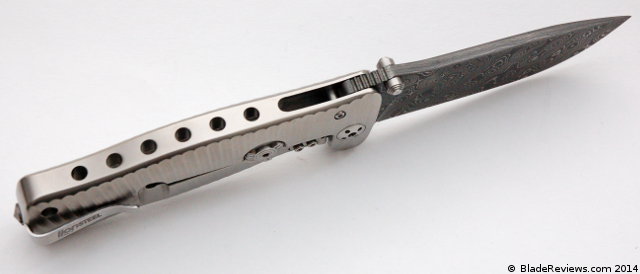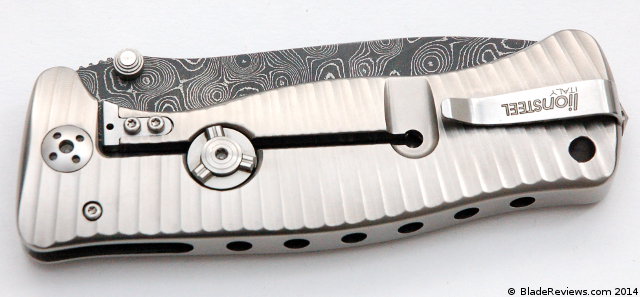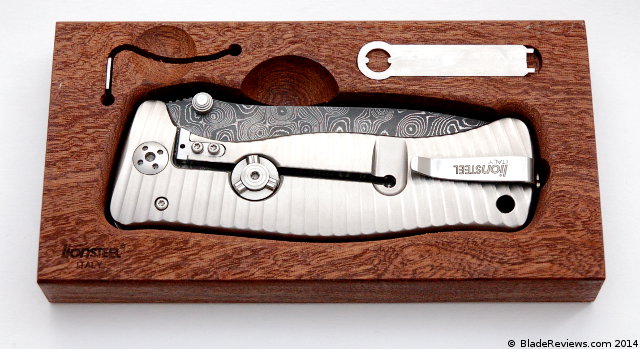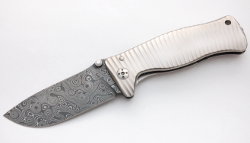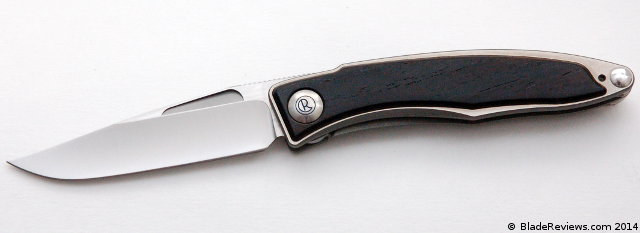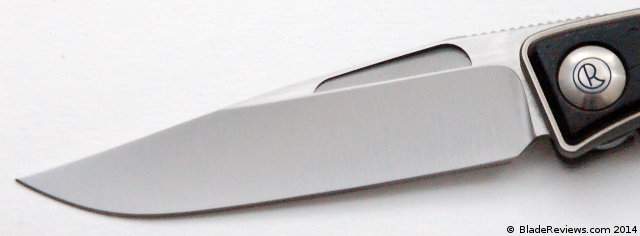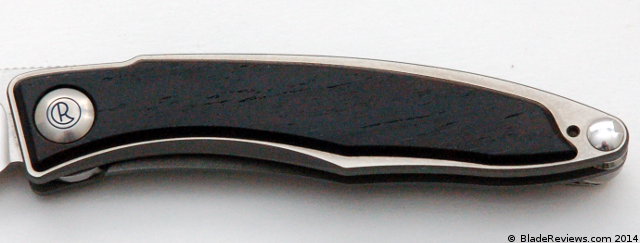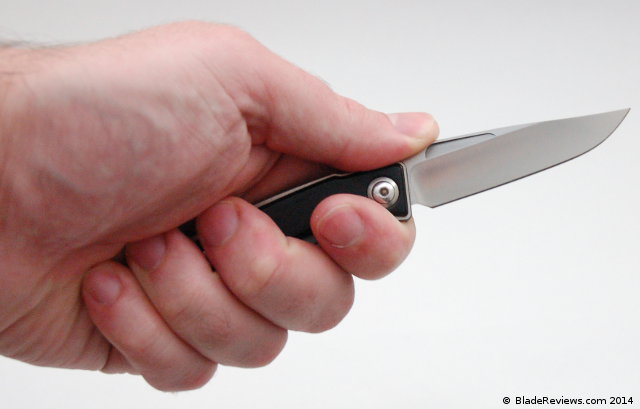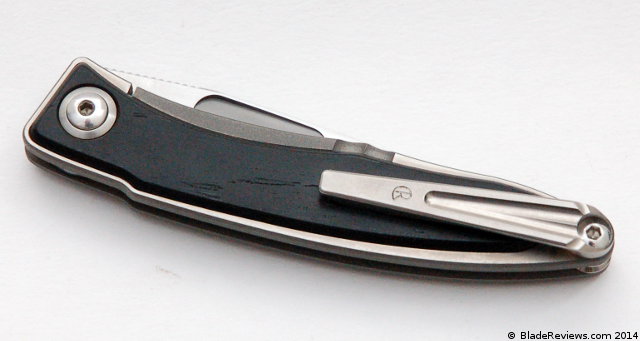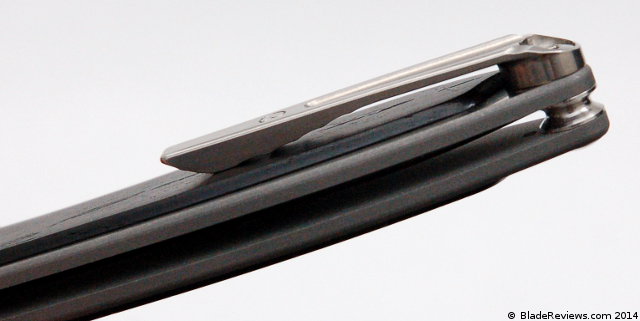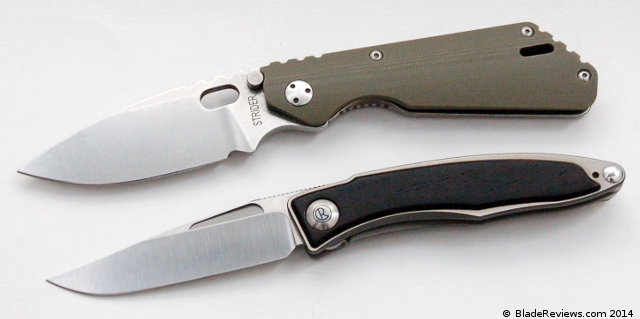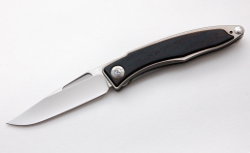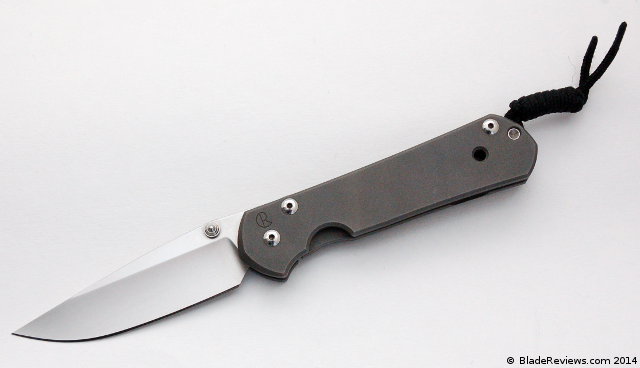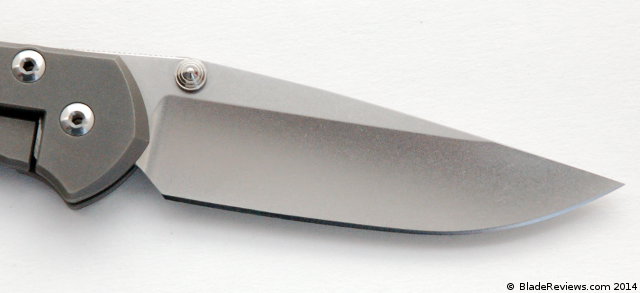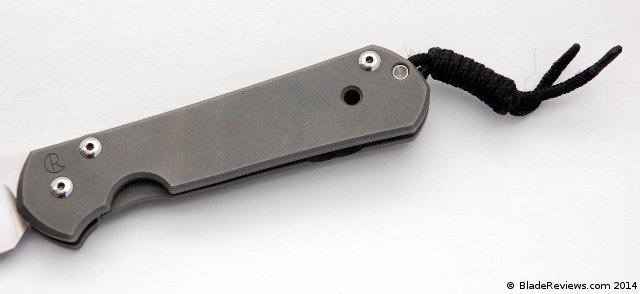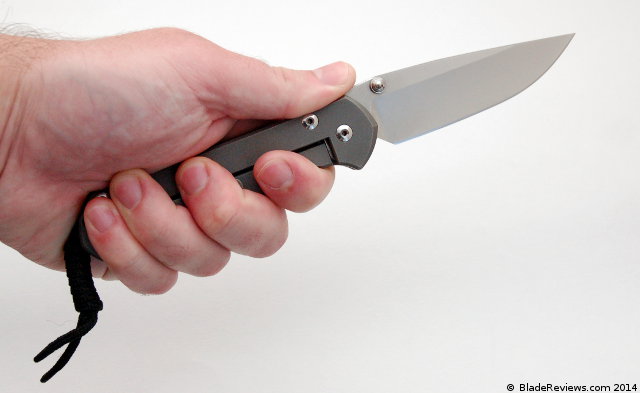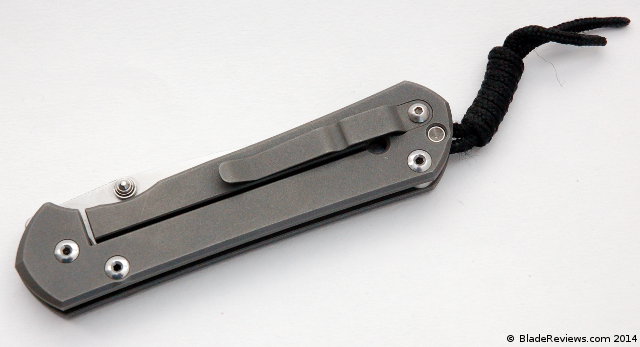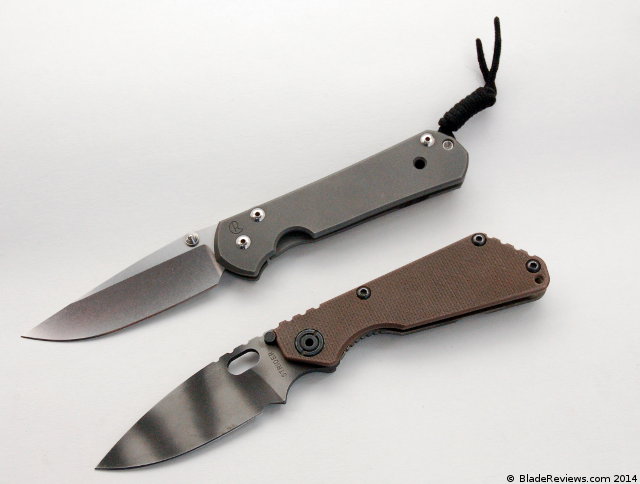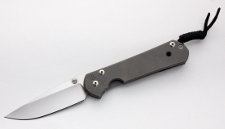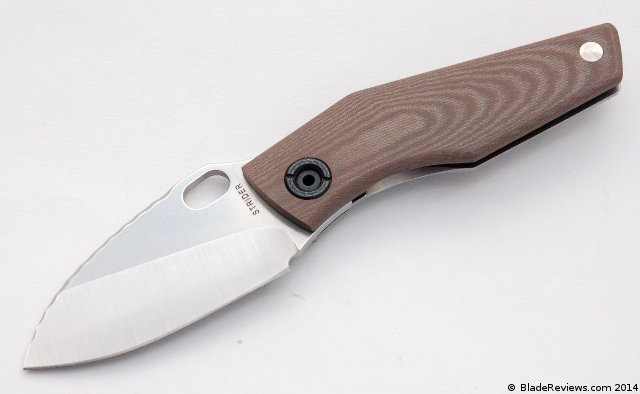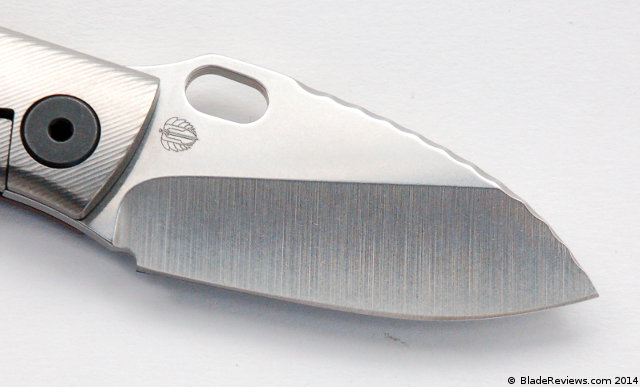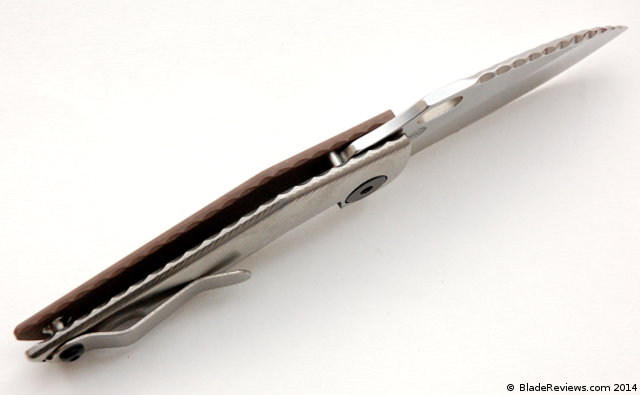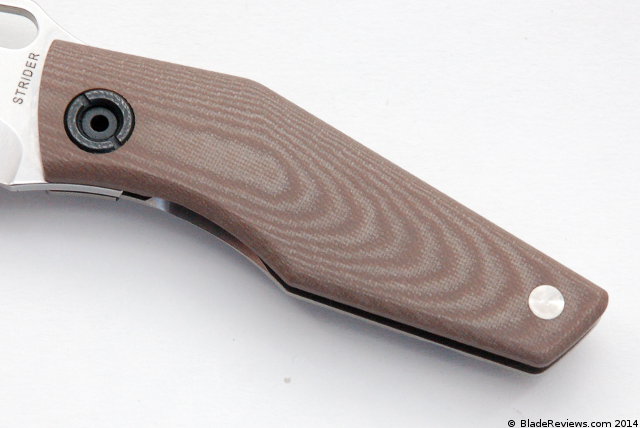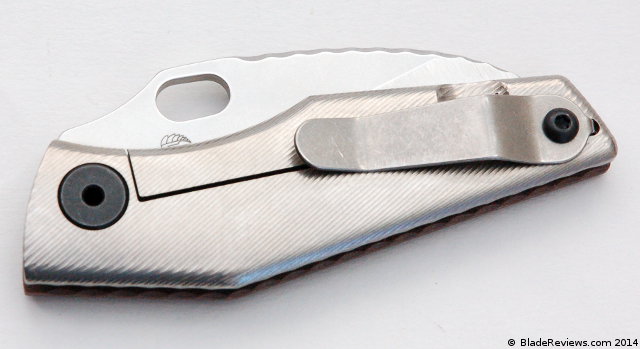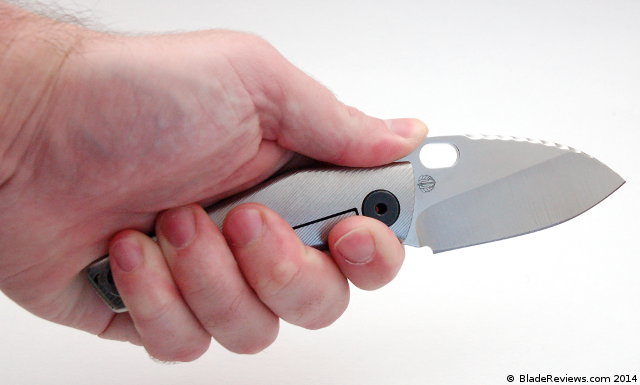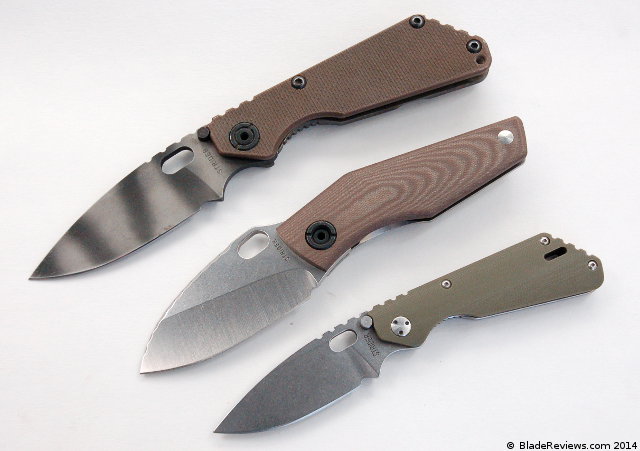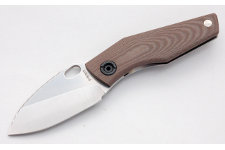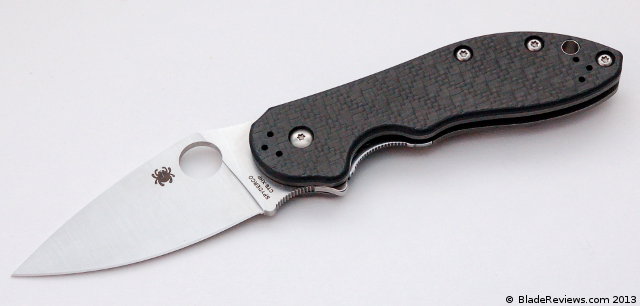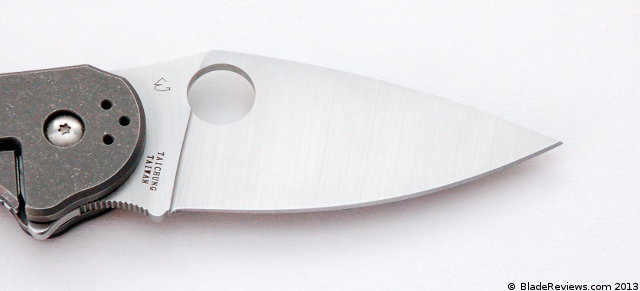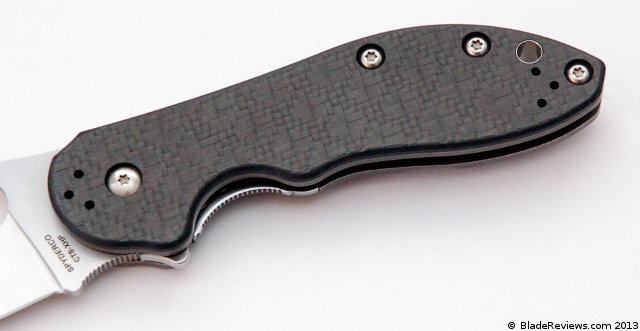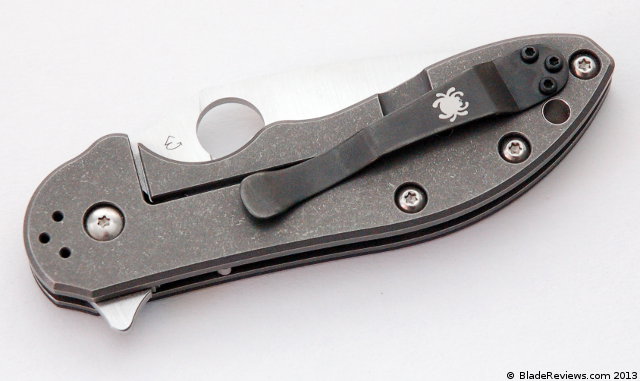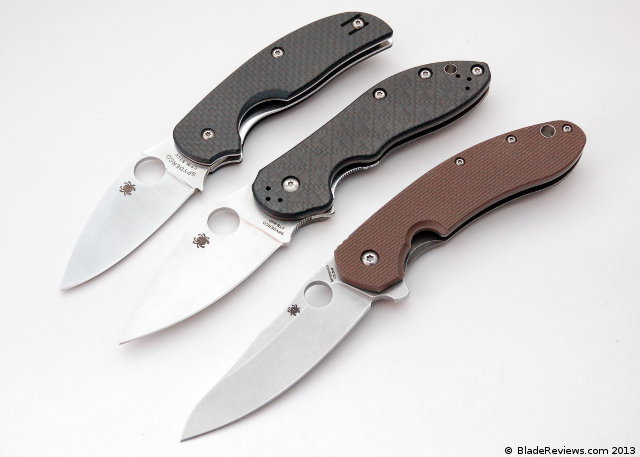Last Updated: August 11, 2019
Have you ever bought a knife while drinking? I’m not sure if this is a common thing or not, but I was putting back a few beers one night while recording yet another morally suspect episode of GearGeeksLive when I decided to pick up this Boker Titan.
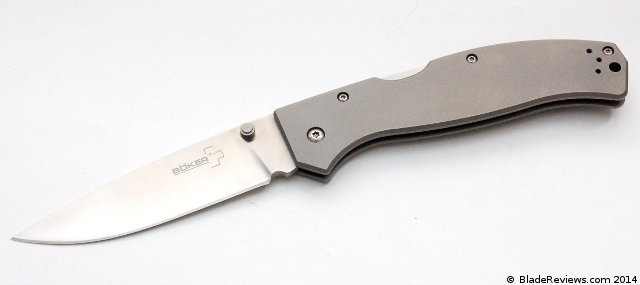
Buy the Boker Plus Titan Drop Point at BladeHQ
It’s a pretty basic knife, but the price is right and I have been wanting to check it out for a while. Apparently I needed a couple IPAs to get properly motivated. I guess there are worse things you can do after having a few beers…
General Dimensions and Blade Details
The Titan has an overall length of 8.25″, a 3.75″ blade, weighs 4.10 ounces, and is made in China. The first thing I noticed when I pulled this out of it’s box was how big it was. I guess I would have realized that if I considered the specifications in between swigs of beer and trying to top Andrew’s non sequiturs, but sometimes these details get lost in the ether. It is definitely too large to be a daily carry for me, but it’s nice and slim and could make a good EDC for some people or perhaps even a “tactical knife”. I’d say it compares favorably to a Spyderco Endura, and it’s a bit smaller than my large Sebenza. I’d love to see Boker make a version with a 3″ blade for EDC, but I don’t want every knife in my collection to be a 3″ EDC knife.
The blade shape is a classic drop point with a full flat grind and satin finish. The blade has been well ground and the 440-C blade steel came sharp enough to brush the hairs off my arm without much thought. In practice this is a really nice cutter. The edge has been neatly and uniformly ground, and in practice I have found that the Titan is excellent for your typical tasks like breaking down boxes, working in the yard, home projects, etc. The full flat grind is nice and lean and it’s almost surprising how much extra leverage you can generate with the longer handle and blade.
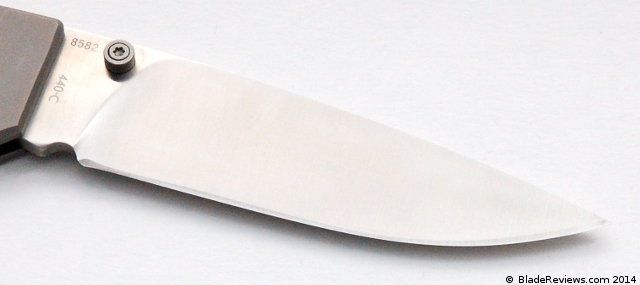
Although it’s not a substitute for a real kitchen knife I did do a little food prep with it and was pleased with the results there as well. The tip is also very fine, and is great for stabbing through stuff. I managed to jab myself in the pinky while pruning some tomato plants, and the fruit was not the only thing that ran red that day.
The 440C blade has been easy to maintain and edge retention is pretty good. 440C is a softer steel, and I’d place it around AUS8 or slightly better in the edge retention department. Like AUS 8 it sharpens easily, and all I need is a strop to keep this knife very sharp. The satin finished blade attracts finger prints, but so far it hasn’t attracted any rust. All said I am pleased with the performance, especially given the price.
Handle, Ergonomics, and Pocket Clip
The handle is comprised of two slabs of titanium, a steel lock back, and a titanium backspacer. Everything is screwed together with matte stainless steel hardware. The dull gray titanium contrasts nicely with the satin finished blade and clip. Everything lines up neatly and is well finished. Boker’s Plus line often gets a bad rap for poor fit and finish, but the build quality here is very high. There is a simple elegance to the knife that draws me in. The full metal construction means that the knife is solid and sturdy, yet it is still slim pocketable. You still get some interest on the enthusiast level with the use of titanium, and it also helps keep the weight down quite a bit. It’s a great blend of form and function.
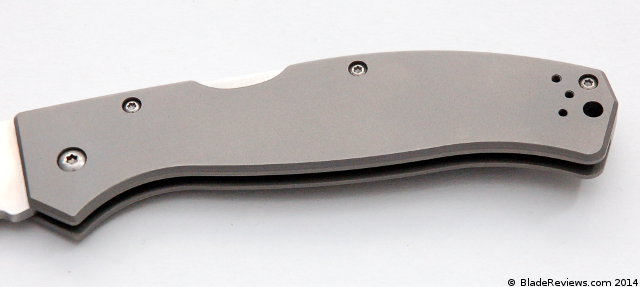
Being that this is a larger knife, it goes without saying that the handle is quite generous. I’m able to get my meat hooks onto it with plenty of room to spare, and this is a knife that is built to get work done.
Although this doesn’t speak directly to ergonomics in use, I will say that there are some sharper edges on this knife (namely the spine and lock bar) and if you are going to obsessively open and close the knife, you may develop some lingering discomfort on your thumb. This isn’t uncommon for a lock back knife, but I did want to mention this a potential negative as this review is largely very positive.
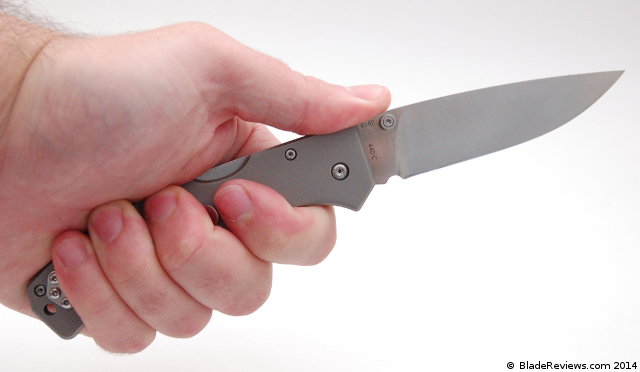
The pocket clip is very similar to what you might find on a standard Emerson or Benchmade clip. This is a proven pocket clip design. Much like its Benchmade or Emerson counterpart, it’s very secure and is easy to use. This one from Boker has been given a very bright satin finish. It isn’t particularly discrete, but it matches the satin blade nicely. The handle is tapped for ambidextrous tip up carry and it’s a relatively deep carrying knife. This is a very thin knife and despite being over 8″ long it carries very well. Again, I can’t help but compare this to an Endura, and in this case I think that is a good thing.
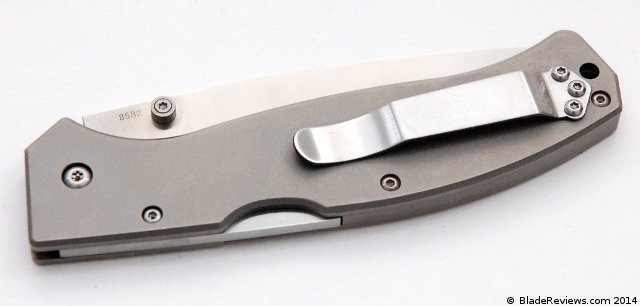
Deployment and Lockup
It is impossible to see what kind of washers Boker used without taking the knife apart, but I can say that the action is very smooth. My guess is they have phosphor bronze washers in there. The teraced thumb studs are easy to get at, and the backspring can be overcome with the push of a thumb.
For lockup you have a sturdy backlock. There isn’t much to write about here beyond saying that the lock works well. It engages crisply and there is no play. The fact that the knife is completely made of metal would lead me to believe you could run this knife pretty hard if you wanted to. I haven’t tested it beyond normal daily tasks, but it could definitely be beaten on like the Cold Steel American Lawman, another favored lockback knife of mine. Blade centering on my model is excellent.
Boker Titan Review – Final Thoughts
I think I need to shop for knives while drinking more frequently because I stumbled across a winner here. The Titan is very basic and is an extremely conservative design, but it has been done right and the inclusion of titanium handle scales lends it a touch of class.
In practice I have found this to be a great beater / user knife. It cuts and carries well, and is very functional. Boker’s fit and finish can sometimes be a mixed bag, but it’s hard to screw up a simple lock back, and the fit and finish is actually very good here. The pieces line up perfectly, there is no blade play, the action is smooth and the lock engages crisply. This is actually a really nice knife and think it gives the Endura a good run for it’s money – especially when you consider how damn expensive the Endura has gotten, and the Endura’s proclivity for up and down blade play. Here the Titan is rock solid, and retails anywhere from $20 to $40+ less depending on what kind of Endura you are looking for. Granted this knife is made in China rather than Japan, doesn’t make use of nested liners, lacks a Spyderhole, etc, but you are still getting a ton of knife for your money and it is well made. The only real downside I could find is that the edges of the lock and spine are pretty sharp. While by no means uncomfortable to work with, it was something I noticed when obsessively opening and closing the Titan.
At less than $40 the Titan is a no brainer and it makes my list of recommended high value knives. It may also make my list for recommended tactical knives, but the longer I run this site the less I really understand what tactical knife even means.
- Durable and sharp 440C stainless steel blade
- Bead blasted titanium handle
- Reversible, polished pocket clip
- Blade length: 3 3/4 inches. Overall length: 8 3/8 inches. Weight: 4.5 ounces.
- Limited lifetime warranty
I recommend buying the Titan at Amazon or BladeHQ. Thanks for reading.
